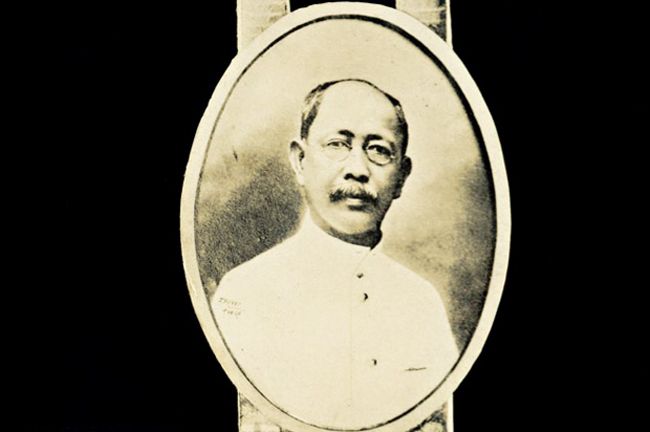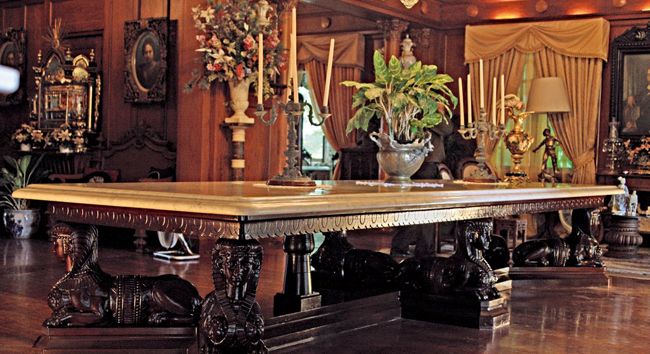Take a look at the works of one of the greatest Filipino sculptors in the country’s history to whom we owe the magnificent adornments in historic buildings and cathedrals in the Philippines.
Back in the 20th century, Spanish colonisers greatly influenced Philippine culture and religiosity, and one young artist dared to put Philippine sculpture and architectural art in the international scene. Isabelo Tampinco was born in Novermber of 1850 and received artistic training at the Escuela de Artes y Oficios. With his exceptional talent, one of his wooden sculptures in 1876 known as the busto de madera was selected to be one of the two entries representing the Philippines at the Universal Exposition of Philadelphia. This led him to receive official commission to create a series of Corinthian capitals for the Manila Cathedral, an undertaking that spanned for three years.

Tampinco passed away in January 30, 1933 leaving his passion for art as well as his skills to his children, Angel and Vidal. Although the sculptor wasn’t hailed as a National Artist and his name may sound obscure to many, he received awards and recognition for his contributions and alluring masterpieces from the Exposicion Universal de Barcelona (1888), Exposición Regional de Filipinas (1895), St. Louis Exposition (1904), and the mérito civil from Governor-General Domingo Moriones for loyal services to the king of Spain in the art of sculpting.
Recently, the Vibal Foundation paid tribute to “the forgotten master” with a book entitled, The Life and Art of Isabelo Tampinco, written by Santiago Albano Pilar and filled with splendid images of his masterpieces taken by photographer David C. Fabros. We feature some of his works and let you know some things about Tampinco that may give you a second look to the churches in the country you’re visiting for religious pilgrimages.



